Work has started on a package of aerodynamic innovations for the next generation of Volkswagen Golf, according to company sources.
The Mk8 Golf, which is due in 2019, will have to be one of the most economical mainstream cars ever built. VW engineers and designers have already started to investigate ways of reducing the average CO2 output of the next range of Golf models to well below 90g/km.
It is understood that VW will be using the lessons learnt from the radical two-seat XL1, which makes extensive use of aerodynamic innovation to help it achieve 313mpg.
The fact that early work is already under way on a car that is still at least five years from the showroom indicates the hurdles that face all car makers in meeting the European Union’s rigorous fleet-average CO2 emissions standards, which come into force in 2020.
Although VW sells proportionally far more Golfs and Polos in Europe than it does bigger and less economical vehicles such as Volkswagen Passats and Volkswagen Tiguan SUVs, figures supplied by the EU suggest that VW – along with most other European car makers – will still have to reduce the average CO2 output of its future fleet by between 22 and 27 per cent.
Given the need for such a significant reduction in average fuel consumption, VW engineers are unlikely to be able to just bet on another round of engine improvements, instead, they are likely to need to exploit every new trick in the book, including the most advanced aerodynamic treatment yet seen on a production vehicle.
According to a VW insider, “a number of aerodynamic solutions are being investigated [for the Golf Mk8]”. However, according to the source, a fundamental difficulty facing the engineers and designers is that, proportionately, the Golf is quite a short car.
The XL1 has been shaped primarily for aerodynamic efficiency so it is both low and long. However, the Golf, by definition, is a family-size hatchback and that effectively sets the car’s proportions.
VW also has to consider that mainstream buyers may not want a car that loses its character to the demands of cutting-edge aerodynamics.
For example, the sharp-edged rear corners of cars such as the Toyota Prius and Chevrolet Volt improve the way that the airflow ‘breaks off’ the body, but they could probably not be used for the Golf Mk8. However, one solution could be to extend the hatchback’s rear spoiler further over the rear window, along with deep blade-like extensions along the upright sides of the window.

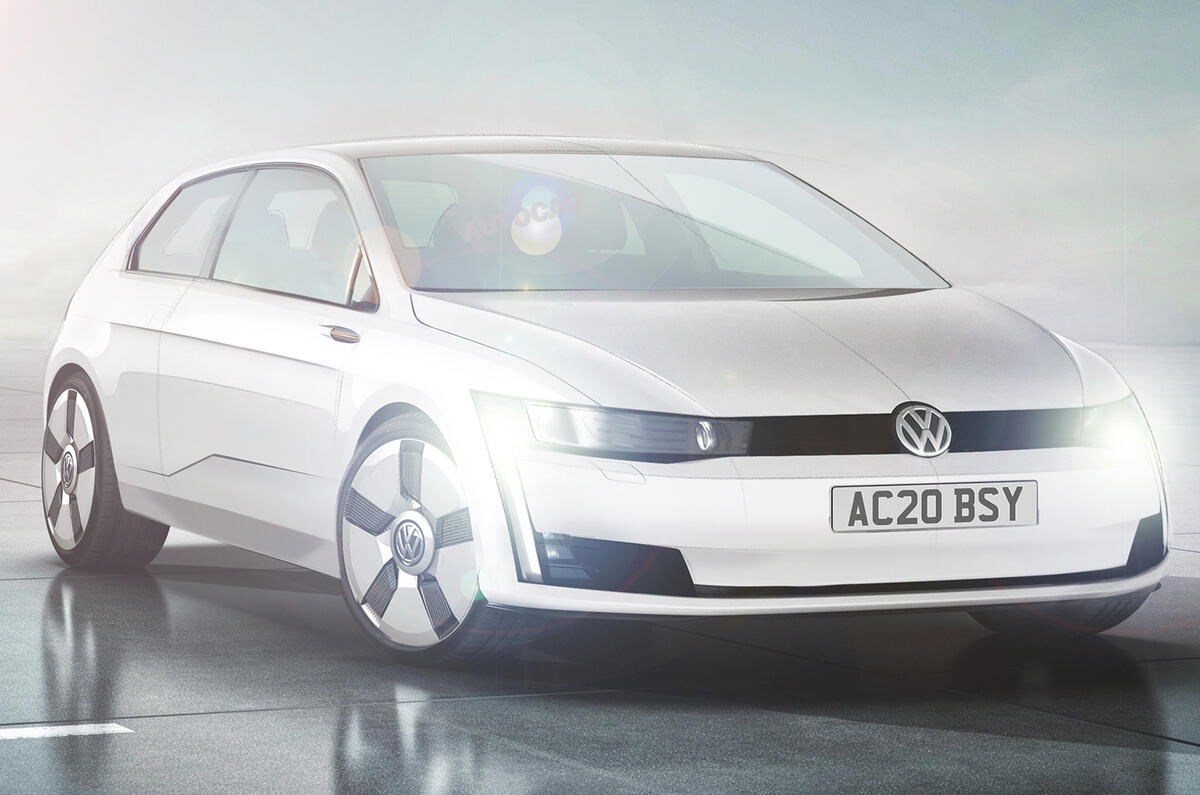
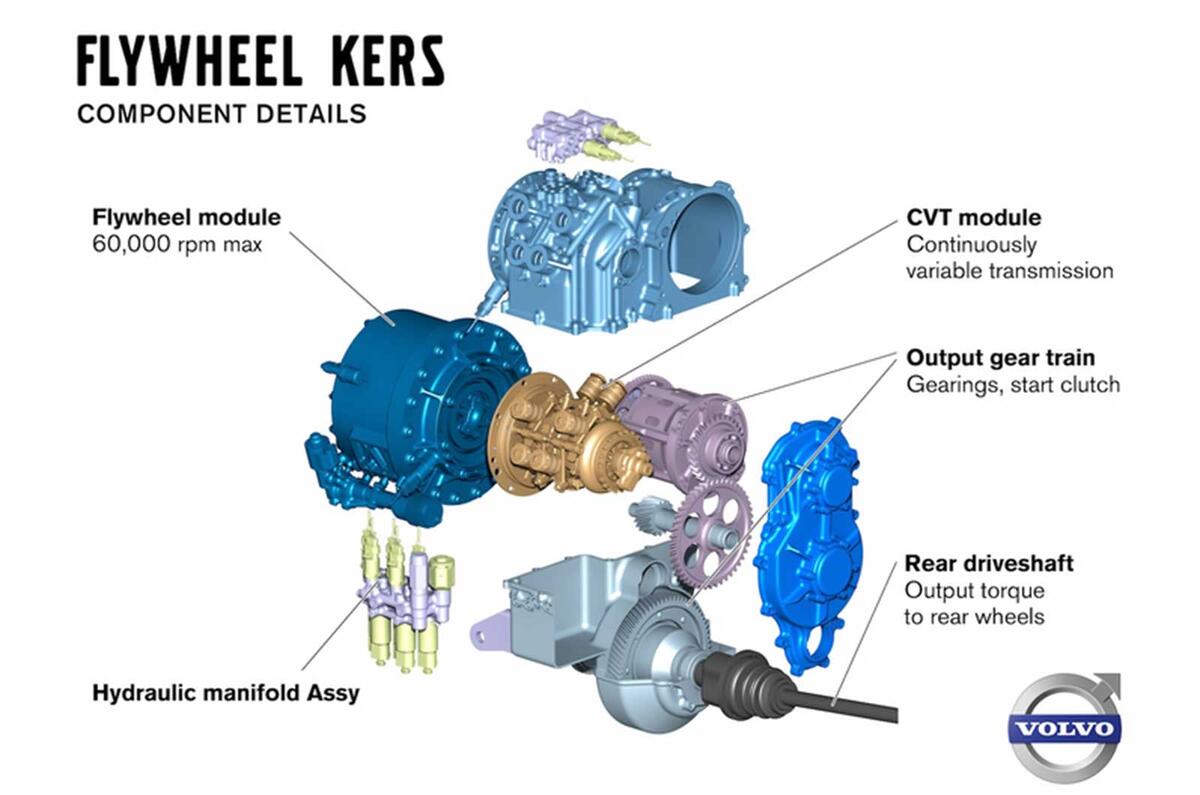

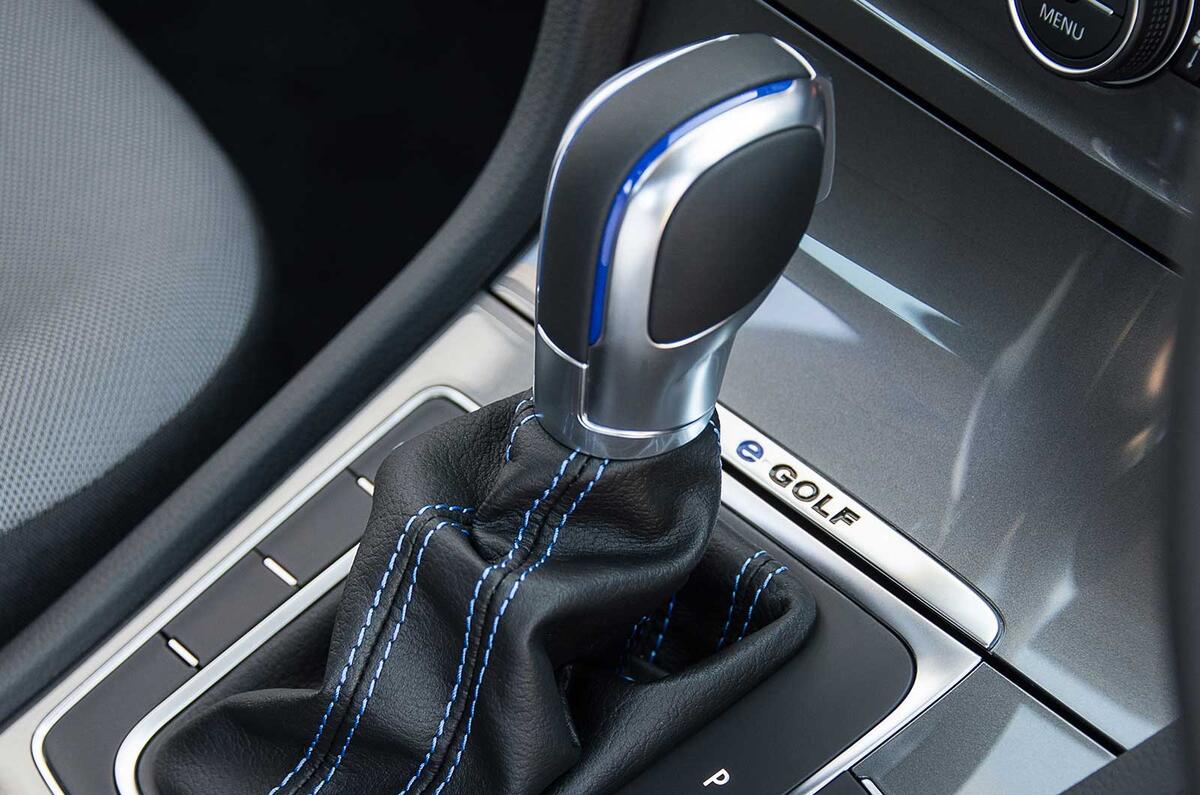

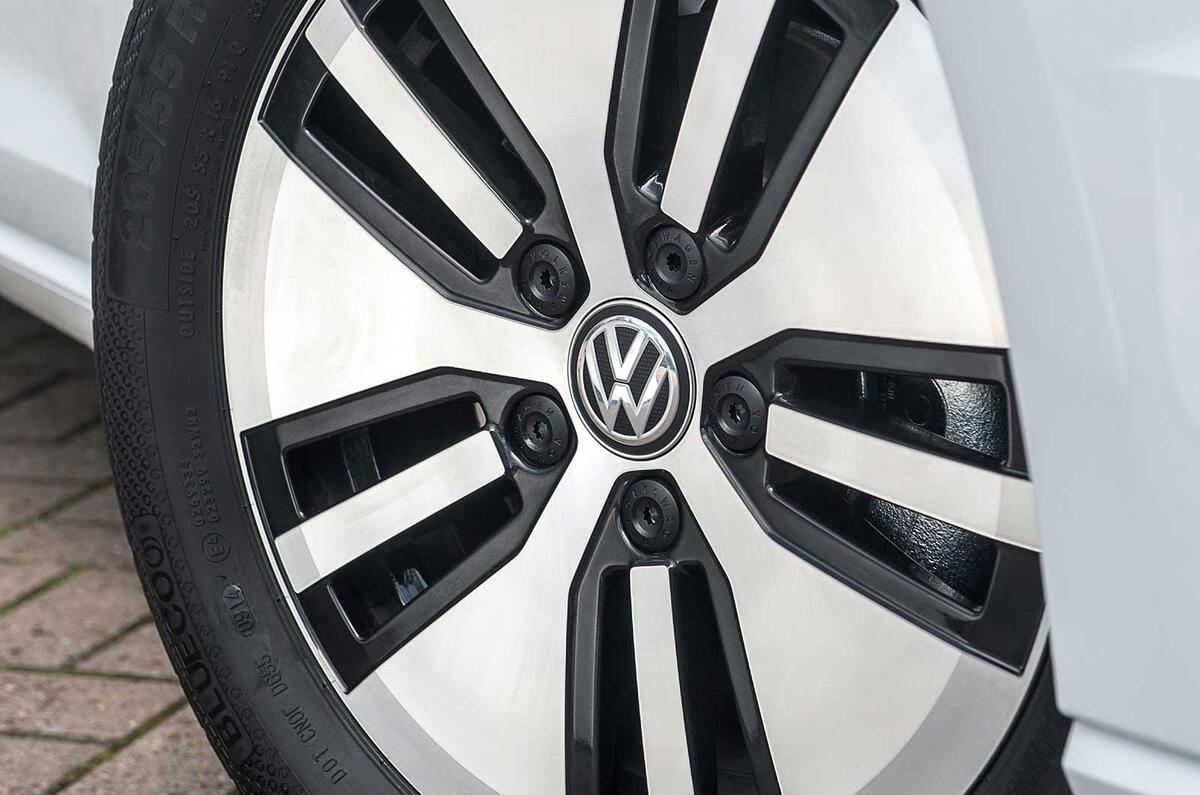

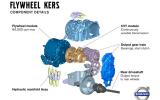
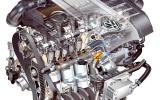

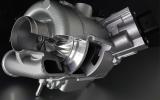



Add your comment
Coasting?
XL1 tech in the Golf
For far too long now cars